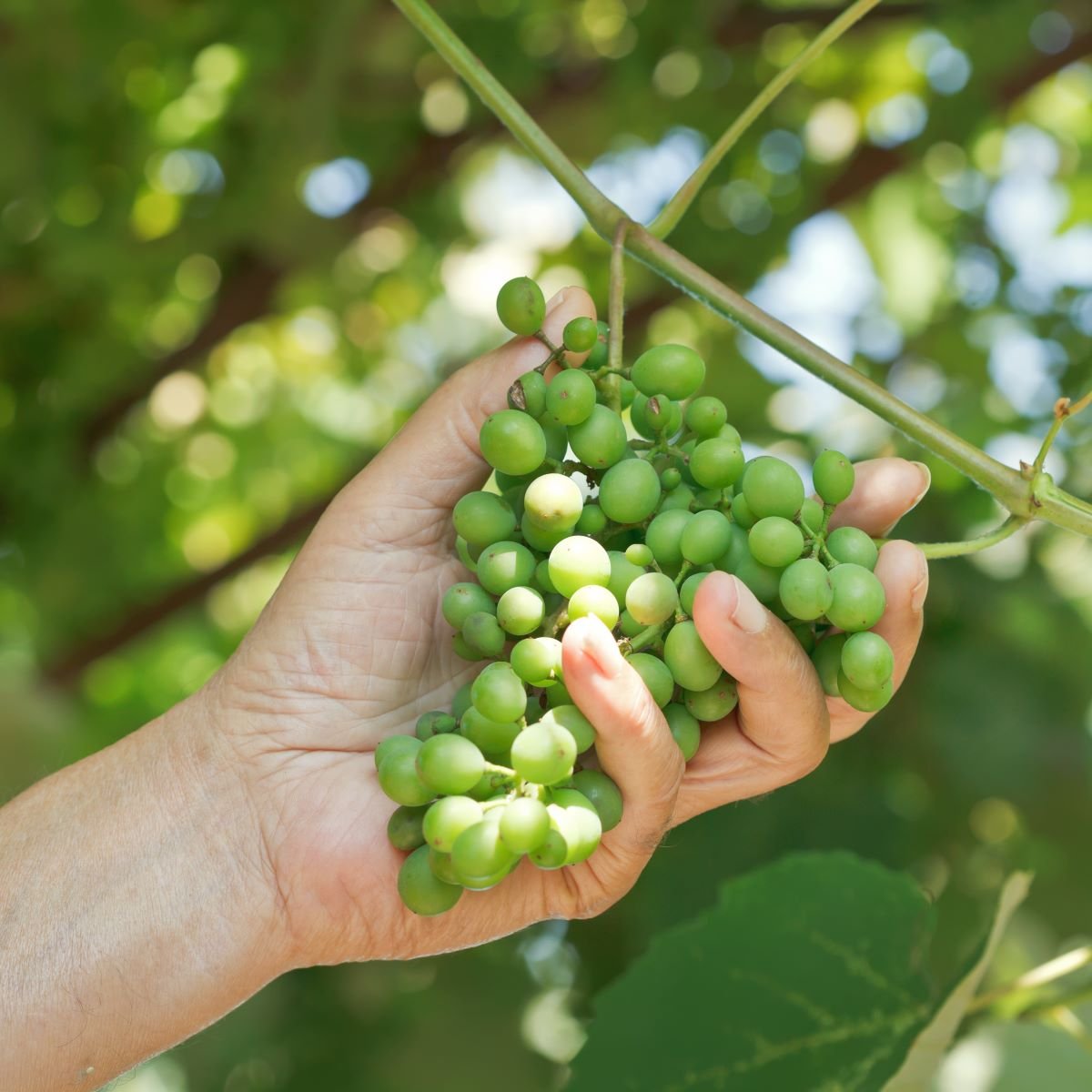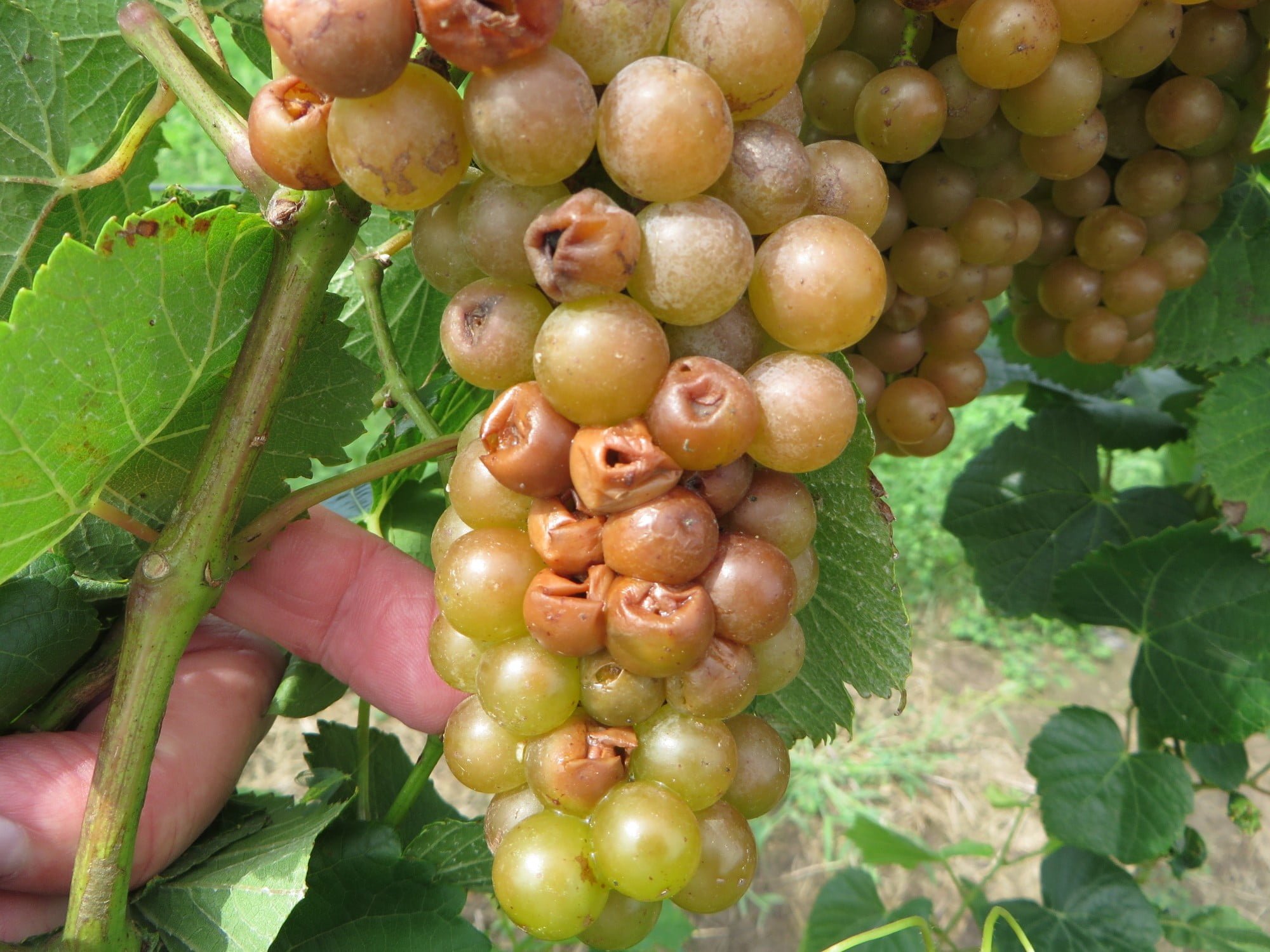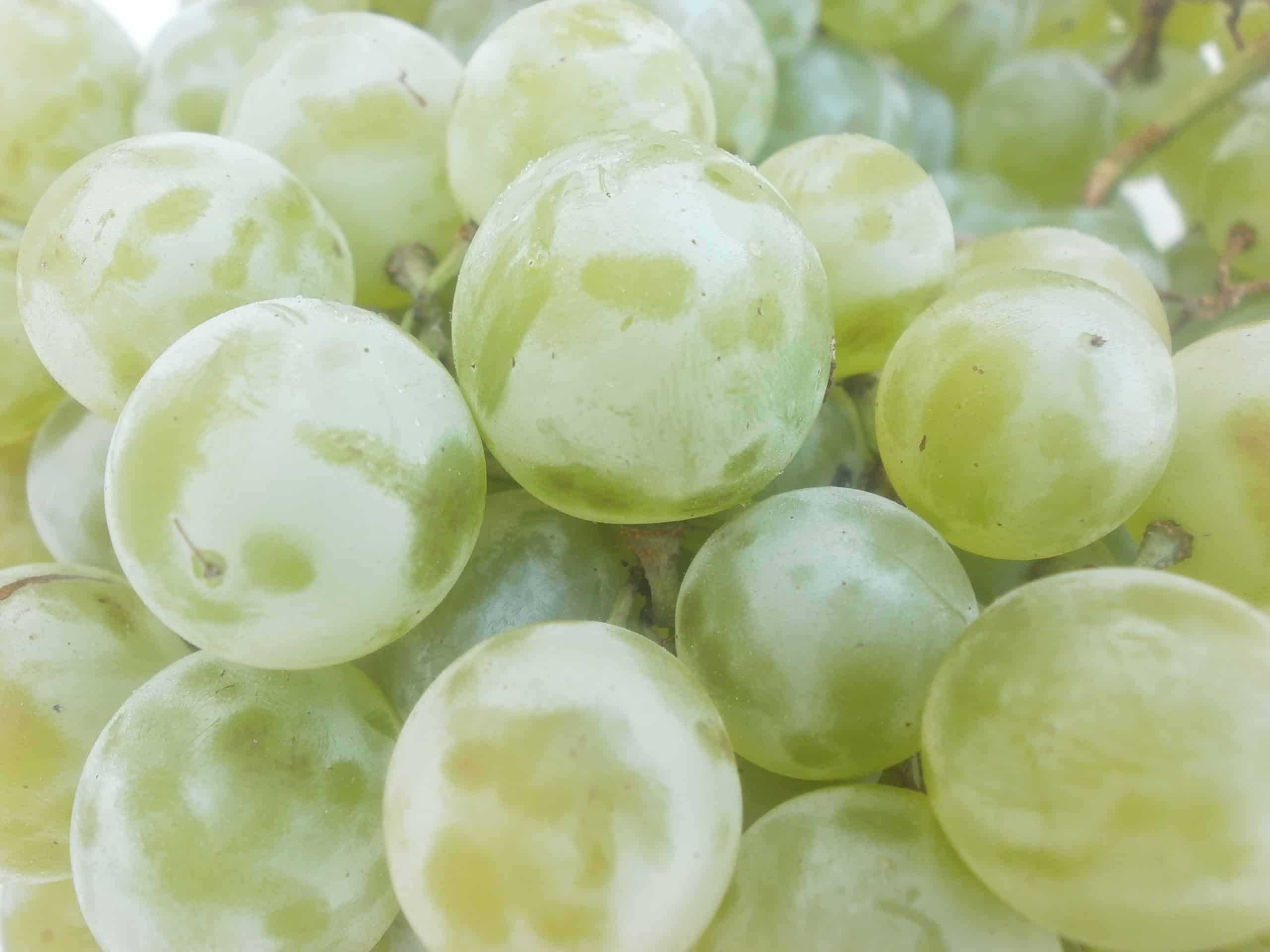Are you disappointed when you eagerly bite into a glossy cluster of grapes, only to be met with a sharp tang of sourness? As a grape enthusiast, you may find yourself wondering why your favorite fruit sometimes falls short in its flavor profile. In this article, we will explore the factors behind the sourness of grapes, deciphering the intricate balance of sugars, acidity, and ripeness. By understanding the science behind this perplexing phenomenon, you will be equipped with the knowledge to select the juiciest and sweetest grapes for your next indulgence.
Factors Affecting Grape Sourness
Grape sourness is influenced by various factors, all of which contribute to the overall taste and quality of the fruit. Understanding these factors is essential for grape growers and winemakers to optimize the cultivation and processing techniques. This article will discuss the key factors affecting grape sourness, including grape variety, climate, soil composition, watering practices, ripeness level, growing conditions impact, vineyard management, harvesting and processing techniques, as well as storage and aging conditions.
Grape Variety
Different grape varieties exhibit varying levels of natural acidity, which directly affects their sourness. Some grape varieties, such as Riesling and Sauvignon Blanc, are known for their higher acidity levels, resulting in a more pronounced sour taste. Conversely, varieties like Chardonnay tend to have lower acidity levels, yielding a less tangy flavor profile. By selecting specific grape varieties, winemakers can manipulate the sourness of the final product according to their preferences.

Climate
Climate plays a significant role in determining grape sourness. Temperature, sunlight, and humidity levels influence how grapes develop their flavors. In regions with cooler climates, grapes tend to maintain higher acidity levels, leading to a more sour taste. On the other hand, warmer climates often result in grapes with lower acidity, contributing to a milder flavor profile. Sunlight exposure is particularly crucial, as it affects photosynthesis and the accumulation of acids within the grape berries.
Soil Composition
The soil composition in which the grapevines grow can affect the sourness of the grapes. The pH level of the soil plays a crucial role in grape development. Soils with higher acidity (lower pH) often lead to grapes with higher acidity and increased sourness. Nutrient imbalances in the soil can also influence grape flavor, as certain nutrients promote sugar accumulation and acid synthesis. Additionally, the mineral content of the soil can impact grape sourness, with specific minerals enhancing or diminishing acidity levels.

Watering Practices
Watering practices, including frequency, amount, and timing, can significantly impact grape sourness. Adequate water supply is essential for grapevine health, but excessive watering can dilute the natural acidity of the grapes, resulting in a less pronounced sour taste. The timing of irrigation also plays a role, as providing water during critical growth stages can affect sugar and acid metabolism. Finding the right balance in watering practices is crucial to achieve the desired sourness in the grapes.
Ripeness Level
The ripeness level of grapes at harvest greatly affects their sourness. Harvest timing is crucial, as picking grapes too early can result in underripe fruits with higher acidity and pronounced sourness. On the other hand, delaying the harvest allows grapes to reach optimal ripeness levels, leading to a more balanced flavor profile. The maturation process, which occurs after grape harvest, further influences the sourness of the grapes. Controlled ripening methods can help mitigate excessive sourness and enhance desired flavors.

Growing Conditions Impact
Various growing conditions can contribute to grape sourness through environmental stress, pest, and disease infestation, and pollination issues. Environmental stress factors, such as extreme temperatures, drought, or excessive rainfall, can impact the physiological development of grape berries, leading to altered acidity levels. Pests and diseases, such as grapevine leafroll virus or powdery mildew, can directly affect grape quality, including sourness. Furthermore, inadequate or improper pollination can result in smaller grapes with increased acidity.
Vineyard Management
Effective vineyard management practices play a crucial role in managing grape sourness. Pruning techniques, such as canopy management, can influence grape ripeness and acidity levels. Careful pruning can enhance sunlight exposure, air circulation, and promote even grape ripening, thereby optimizing sourness. Fertilization methods can also impact grape acidity, as specific nutrients affect sugar and acid metabolism. Determining the appropriate crop load ensures balanced grape development and optimal acidity levels.

Harvesting and Processing
Proper handling of grapes during harvesting and processing is fundamental in maintaining desirable sourness levels. Careful grape handling methods, ranging from gentle picking to avoiding excessive maceration, can prevent the extraction of excessive acidity from the grape skins and seeds. Transportation of grapes, particularly over long distances, must be managed to minimize temperature fluctuations that could impact grape quality. Different processing techniques, such as fermentation temperature control, also influence the sourness of the final product.
Storage and Aging
After the winemaking process, storage and aging conditions play a crucial role in balancing grape sourness. Barrel aging in oak barrels can allow for controlled oxygen exposure and gradual integration of flavors, resulting in a more complex and rounded taste. Additionally, bottle aging, where wines are stored in bottles for extended periods, can result in slight changes in acidity levels, leading to the development of smoother flavors over time. Proper storage conditions, including temperature and humidity control, are essential to maintain the desired sourness during aging.
In conclusion, grape sourness is influenced by multiple factors, including grape variety, climate, soil composition, watering practices, ripeness level, growing conditions impact, vineyard management, harvesting and processing techniques, as well as storage and aging conditions. Understanding the interplay of these factors is crucial for grape growers and winemakers to achieve the desired flavor profile for their grapes and wines. By carefully managing and optimizing these factors, it is possible to produce grapes with the ideal sourness that contributes to the overall quality and enjoyment of the resulting wine.


